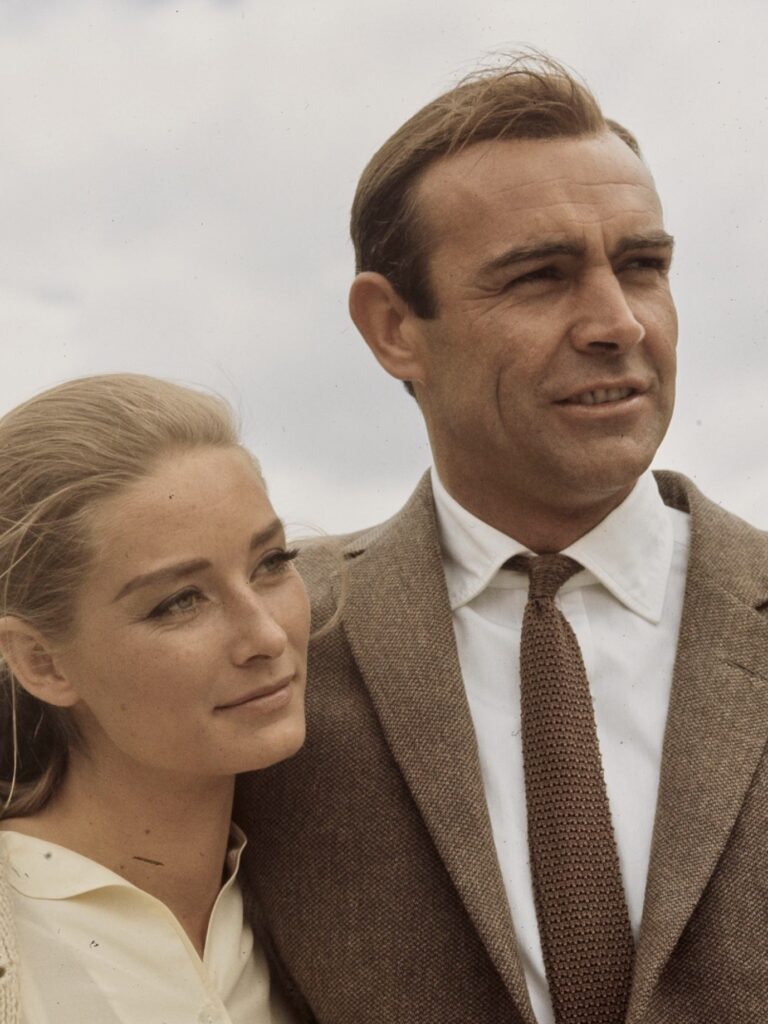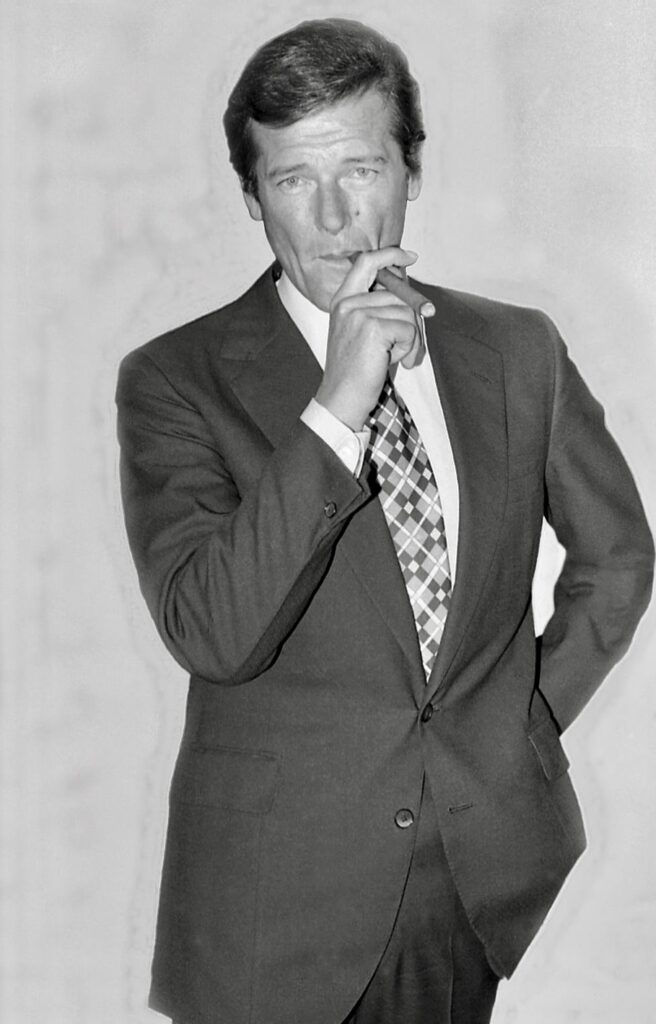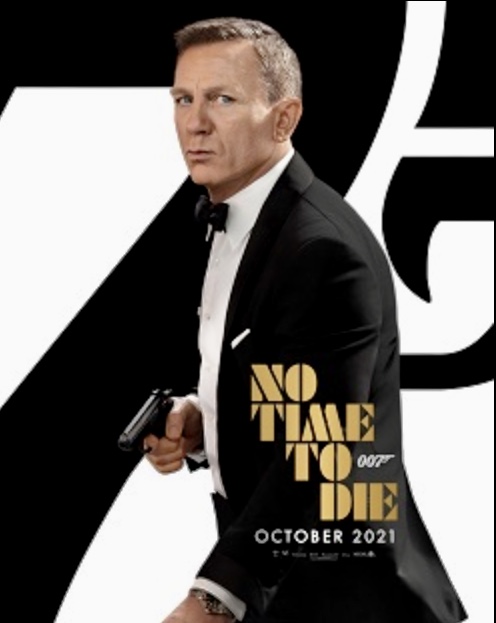JAMES BOND IS FOREVER
Text by Henrylito D. Tacio
Photos from Wikipedia
“When I wrote the first one in 1953, I wanted Bond to be an extremely dull, uninteresting man to whom things happened; I wanted him to be a blunt instrument … when I was casting around for a name for my protagonist I thought by God, (James Bond) is the dullest name I ever heard.” — Ian Fleming in an interview with The New Yorker
So, there is a new James Bond movie. No Time to Die is set to be released on September 30 in United Kingdom and October 8 in the United States, after being delayed by the departure of Danny Boyle (originally attached to direct and co-write the screenplay with John Hodge) and later by the coronavirus disease 2019 (COVID-19) pandemic.
No Time to Die is the 25th installment in the James Bond film series. For the fifth time, Daniel Craig is playing the title role with Rami Malek as the antagonist. Four writers wrote the screenplay: Neal Purvis, Robert Wade, Cary Joji Fukunaga (who also directed the film), and Phoebe Walter-Bridge.
Craig is the sixth actor to have played the fictional British Secret Service agent. Before No Time to Die, he appeared in Casino Royale (2006), Quantum of Solace (2008), Skyfall (2012), and Spectre (2015). The last two films were directed by Sam Mendes.

Before him, there was Pierce Brosnan. He also did four Bond flicks: 1995’s Golden Eye, 1997’s Tomorrow Never Dies, 1999’s The World Is Not Enough and 2002’s Die Another Day. He is the only actor whose Bond films were directed by different directors: Martin Campbell, Roger Spottiswoode, Michael Apted and Lee Tamahori, respectively.
Timothy Dalton did only two Bond films: 1987’s The Living Daylights and 1989’s License to Kill. Both films were directed by John Glenn.
Glenn also directed three Bond movies which topbilled Roger Moore: For Your Eyes Only (1981), Octopussy (1983) and A View to a Kill (1985). Lewis Gilbert directed Moore in two movies: 1977’s The Spy Who Loved Me and 1979’s Moonraker. Moore also acted in two more Bond films directed by Guy Hamilton: 1973’s Live and Let Die and 1974’s The Man with the Golden Gun.
All in all, Moore did seven Bond films. The other actor who did the same number of Bond films is Sean Connery, the man who first popularized the British agent. In 1962, he did Dr. No, under the direction of Terence Young. The film was an instant hit that was immediately followed up with From Russia With Love (1963) also by Young.
Hamilton directed his first Bond movie entitled Goldfinger (1964), again starred by Connery; the two teamed-up again in 1971’s Diamonds Are Forever. Young returned in 1965 to direct Connery in Thunderball. Lewis Gilbert directed Connery in You Only Live Twice (1967).
The last Bond movie Connery made was Never Say Never Again (actually a remake of Thunderball), in 1983 and was directed by Irvin Kershner. It was one of the two Bond films not produced by Eon Productions.
The other non-Eon Production Bond film is Casino Royale (1967). It’s actually a parody Bond film that starred David Niven as Sir James Bond with Ursula Andress as Vesper Lynd.
George Lazenby also played the role of James Bond in 1969’s On Her Majesty’s Secret Service.
James Bond was based on the imagination of Ian Fleming. Wikipedia, the free encyclopedia, gives us this bit of information: “Whilst serving in the Naval Intelligence Division, Fleming had planned to become an author and had told a friend, ‘I am going to write the spy story to end all spy stories.’

“On February 17, 1952, he began writing his first James Bond novel, Casino Royale at his Goldeneye estate in Jamaica, where he wrote all his Bond novels during the months of January and February each year. He started the story shortly before his wedding to his pregnant girlfriend, Ann Charteris, in order to distract himself from his forthcoming nuptials.
“After completing the manuscript for Casino Royale, Fleming showed the manuscript to his friend (and later editor) William Plomer to read. Plomer liked it and submitted it to the publishers, Jonathan Cape, who did not like it as much. Cape finally published it in 1953 on the recommendation of Fleming’s older brother Peter, an established travel writer.”
Between 1953 and 1966, two years after his death, twelve novels and two short-story collections were published, with the last two books – The Man with the Golden Gun and Octopussy and The Living Daylights – published posthumously. All the books were published in the United Kingdom through Jonathan Cape.
Not too many knew that Fleming based his fictional creation on a number of individuals he came across during his time in the Naval Intelligence Division during World War II. “James Bond was a compound of all the secret agents and commando types I met during the war,” he once admitted.
There were some reports that he based his fictional character on his brother, Peter, who had been involved in behind-the-lines operations in Norway and Greece during the war. In addition, a number of others also provided some aspects of Bond’s make up, including Conrad O’Brien-ffrench, Patrick Dalzel-Job and Bill “Biffy” Dunderdale.
According to Wikipedia, the name James Bond came from that of the American ornithologist James Bond, a Caribbean bird expert and author of the definitive field guide Birds of the West Indies. Fleming, a keen birdwatcher himself, had a copy of Bond’s guide. At one time, he had a conversation with an ornithologist’s wife. “It struck me that this brief, unromantic, Anglo-Saxon and yet very masculine name was just what I needed, and so a second James Bond was born,” he told her.

On another occasion, Fleming said: “I wanted the simplest, dullest, plainest-sounding name I could find, ‘James Bond’ was much better than something more interesting, like ‘Peregrine Carruthers’. Exotic things would happen to and around him, but he would be a neutral figure — an anonymous, blunt instrument wielded by a government department.”
By the way, among those who played James Bond, only Sean Connery won an Oscar — as Best Supporting Actor for his role in 1987’s The Untouchables.

